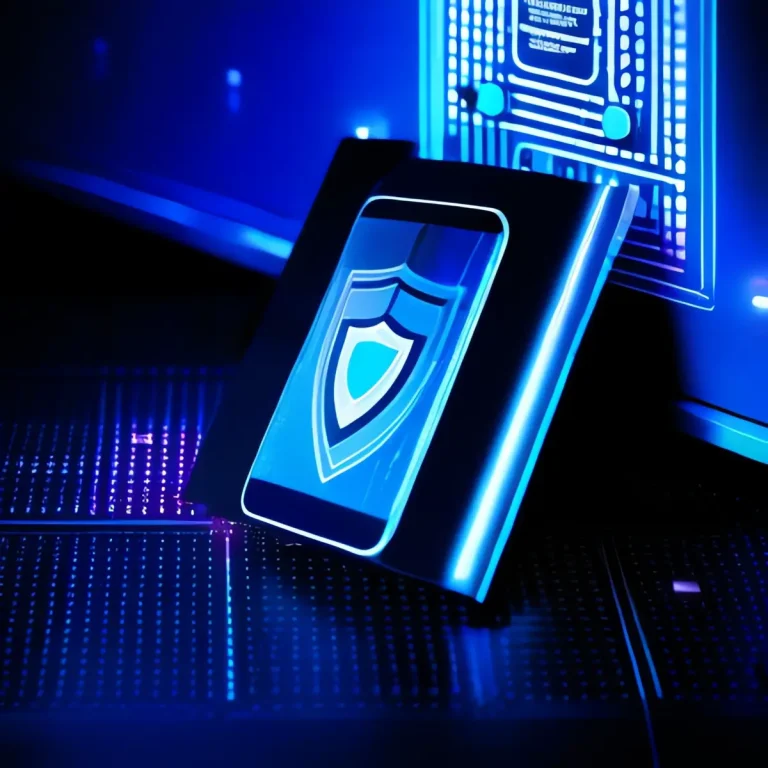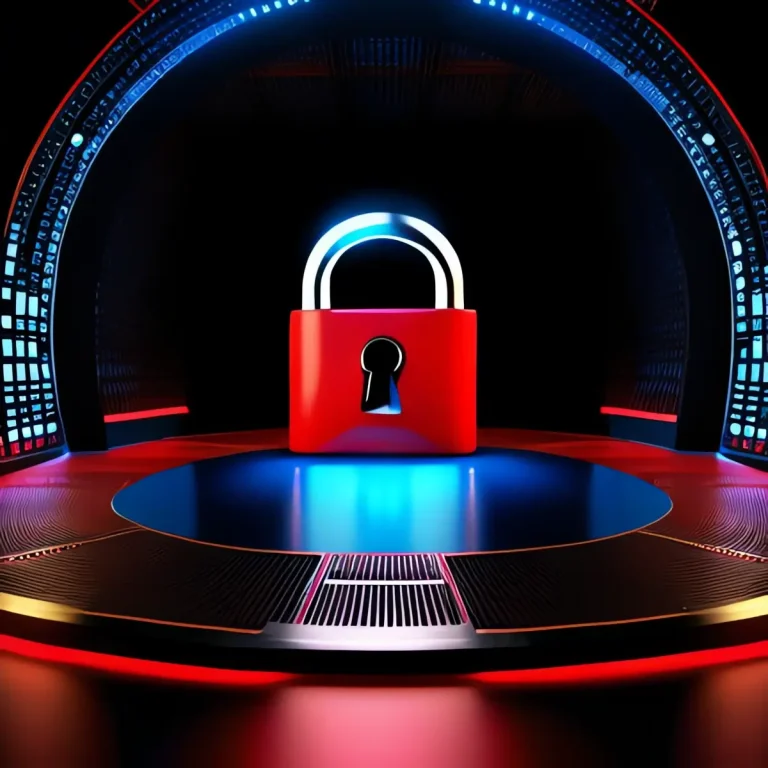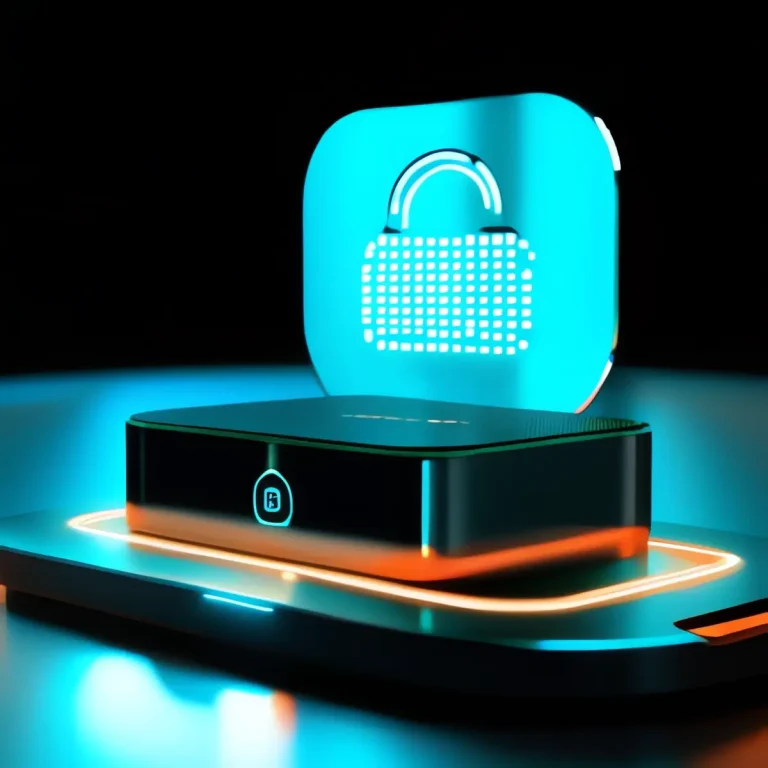How to Re-Engage Players With Daily Mobile Game Notifications

In the ever-evolving world of mobile gaming, keeping players engaged and coming back for more is a constant challenge. With millions of games available at their fingertips, players have endless options, making it crucial for game developers to find innovative ways to re-engage their audience. Daily mobile game notifications emerge as a powerful tool for reigniting the fun and bringing players back into the game loop.
These notifications, when executed thoughtfully, can rekindle a player’s interest, create anticipation, and even reestablish emotional connections with the game. In this article, we’ll explore battle-tested strategies for effectively re-engaging players with daily mobile game notifications—and how they can contribute to long-term success.
Understanding the Importance of Player Retention
Player retention is more than just a metric—it’s a reflection of how engaging and valuable a game truly is. A high churn rate often signals friction in the user experience or a lack of compelling content. It costs significantly more to acquire a new user than to retain an existing one, which is why developers increasingly focus on building habits and emotional investment.
Daily notifications are not just reminders—they serve as triggers in the habit loop, nudging players to return. For example, a message like “Your crops are ready to harvest!” or “You’ve been challenged to a duel!” doesn’t just inform—it sparks curiosity, urgency, or competitiveness. These emotional drivers play a key role in building long-term engagement loops.
Moreover, consistent retention translates into better monetization. Engaged players are more likely to watch rewarded ads, purchase in-game items, and recommend the game to others. In this context, well-executed notifications become a core component of a sustainable user engagement strategy.
Crafting Compelling Daily Notifications
To stand out in the crowded mobile landscape, your notifications need to do more than just “notify.” They must inspire action. This begins with understanding what truly matters to your players and turning that into bite-sized, irresistible messaging.
Strong notifications typically highlight:
- Daily login rewards: “Log in now to collect your mystery chest!”
- Time-limited events: “24 hours only—defeat the boss and earn double XP!”
- Progress reminders: “You’re just one level away from unlocking the Phoenix Blade.”
- Story-based hooks: “The Queen has been kidnapped—your journey continues today!”
Pair these hooks with engaging language, emojis, or dynamic images (if using rich push), and a clear CTA like “Play Now,” “Join the Raid,” or “Claim Your Reward.” The tone should match the style of your game—quirky, intense, epic, or relaxed.
Importantly, avoid sounding robotic or repetitive. A/B test different formats, lengths, and tones. Treat your notifications like micro-campaigns—because that’s what they are.
Leveraging Personalization and Segmentation
Not every player should receive the same message. A player who just started the game yesterday has different motivations than someone who’s been grinding daily for months. That’s why personalization and segmentation are critical.
Use player data to tailor messages:
- New players: “Your first arena challenge awaits!”
- Lapsed users: “Your pets miss you—come back and feed them 🐶”
- High spenders: “VIP sale now live—limited skins await”
- Top performers: “Only 3 players stand between you and the #1 spot”
Segmentation can be based on a variety of factors:
- Player level
- Frequency of play
- Preferred game mode (PvP vs campaign)
- Last in-game purchase or session
Going further, dynamic content within notifications (e.g., player name, favorite weapon, or last unlocked feature) can dramatically increase engagement. Personal touches make the notification feel more like a conversation than a broadcast.
Timing Notifications Strategically
The best message in the world will fall flat if delivered at the wrong time. That’s why timing is everything. Players are far more likely to open notifications when they’re mentally available and in the right context to play.
Start by analyzing your game’s usage analytics:
- What time do users typically play?
- What days see the highest activity?
- How long after their last session do they usually return?
Based on this data, you can:
- Send morning nudges for casual games that fit a coffee-break vibe
- Push evening challenges for midcore players looking to wind down
- Trigger notifications after periods of inactivity (e.g., “Come back for a surprise gift!” after 48 hours)
Additionally, consider time zones and cultural habits—especially if your player base is global. Don’t forget to limit the frequency to avoid fatigue. Use in-app preference centers to let players control how often they hear from you.
Encouraging Social Interaction and Competition
Gaming is often more fun with friends—or rivals. Daily notifications can serve as a catalyst for social engagement, which not only enhances retention but also increases organic growth.
Examples include:
- “Your friend Alex just beat your high score. Think you can top it?”
- “Your team needs one more player for today’s raid—join now!”
- “A clan war is heating up—log in to support your squad!”
Integrating social mechanics such as gifting, leaderboards, or PvP tournaments and then promoting them via notifications creates a network effect. Players stay longer when their community is active, and notifications that reinforce this loop can have exponential engagement effects.
Gamification elements like streaks, badges, and achievements can also be tied to notifications. These push players not only to return but to compete, improve, and show off.
Monitoring Performance and Iterating
A good notification strategy is never set-it-and-forget-it. Instead, it should be treated like any other live ops tool—measured, tested, and refined constantly.
Track metrics such as:
- Open rate (Did they tap?)
- Click-through rate (Did they enter the game?)
- Session length (How long did they stay?)
- Revenue per user (Did the message prompt a purchase?)
- Unsubscribe rate (Are players opting out?)
Use this data to run iterative experiments:
- Does playful language outperform serious tone?
- Do personalized messages get higher engagement?
- What time of day yields the best open rates?
Also monitor long-term behavior changes. Are players staying longer? Are they playing more regularly after exposure to daily notifications? This feedback loop will help you fine-tune your messaging, eliminate what’s not working, and capitalize on what is.
Conclusion
In conclusion, daily mobile game notifications are not just a marketing tactic—they’re a vital part of the player experience. When done right, they bridge the gap between sessions, reinforce progress, and inject fresh excitement into the game.
By crafting compelling messages, personalizing based on real user behavior, timing your notifications with intention, and encouraging social play, you can turn passive players into active participants again.
But success doesn’t come from volume—it comes from relevance, timing, and value. A thoughtful notification strategy is what separates games that are easily forgotten from those that become daily habits.
Whether you’re building a casual puzzle game or a complex RPG, daily notifications give you the power to reignite the spark, remind players why they loved your game in the first place, and keep them coming back—not because they have to, but because they want to.
Like what you’re reading?
Push0 is a privacy-first push notification service built for devs and marketers who care.
Try it free for 14 days — no credit card, no fluff.



